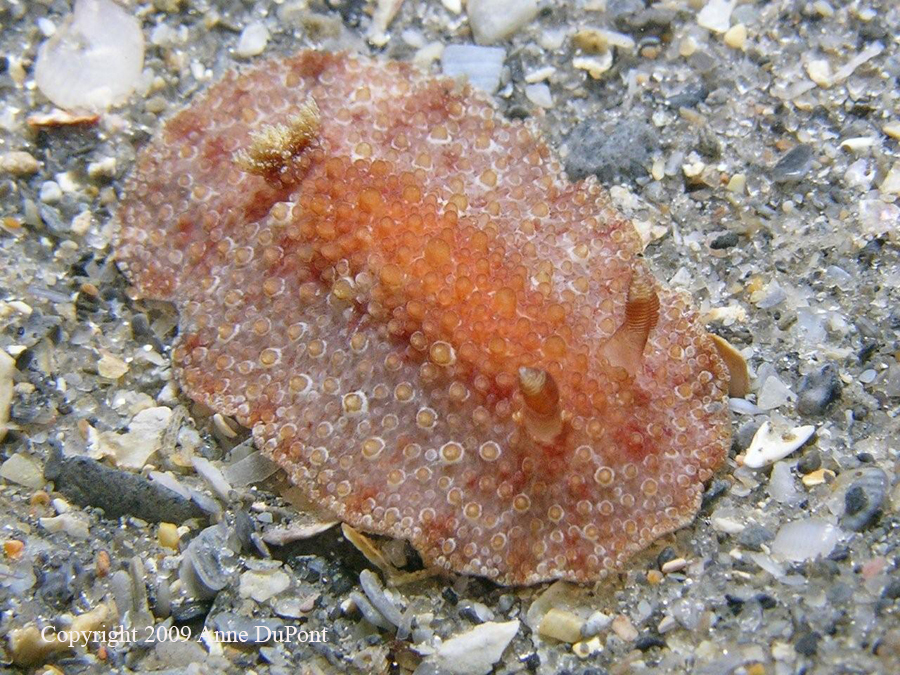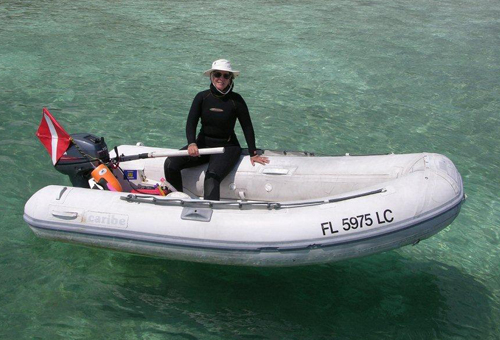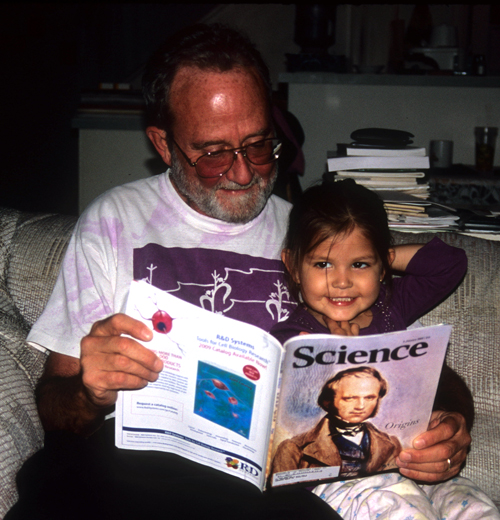 |
Hoplodoris hansrosaorum
Image courtesy of Anne DuPontLake Worth Lagoon, Palm Beach Florida County, Florida
Nikon Coolpix 8700 in a Helix Housing, with 1 Inon strobe and Fix focus light
Some time ago when Mike put Dr Hans Bertsch's new web page up on the Slug Site, I noticed the photo of a newly described Hoplodoris species from the Atlantic, Hoplodoris hansrosaorum . This species is based on a single specimen collected from Brazil and it was named after Hans , and his wife, Rosa.
In May of last year, a friend from Bonaire sent me a photo of an unknown Doris taken at the Town Pier in Bonaire, and I recognized it as possibly being Hoplodoris hansrosaorum . The photos were sent to the Sea Slug Forum and Dr Bill Rudman felt pretty sure that it was the recently named species Hoplodoris hansrosaorum. This was the second specimen documented.
Last month (July 09) I was "muck" diving in our local lagoon, Lake Worth Lagoon, Palm Beach Florida County, Florida. I was cruising a rubble pile and turned over a very small flat piece of debris. I saw a Doris that at first I thought was Discodoris evelinae . I carry a magnifying glass on my BC and after taking a closer look (including a ventral view ) , I realized that it was something new. I remembered the photo on Hans' site and the photo from Bonaire. After downloading my images that night, I immediately sent the photos to Hans and Dr. Angel Valdes for confirmation. Hans was thrilled with my find and felt that it is a very significant range extension. I actually went back the next day, and found the little Doris under the same little piece of debris and got some more photos. A week later, I could not find it.
According to Dr Bill Rudman from the Sea Slug Forum:
"This species is based on a single specimen collected from Brazil. The Oval shaped dorid with mantle covered with rounded tubercles. The central part of the mantle is orange-brown, while towards the edge it becomes a palre whitish-orange. There are scattered orange-brown patches on the mantle amongst the rounded tubercles. The larger tubercles have an opaque white basal ring and the tip of each tubercle is pale-orange. The rhinophores are orange, with a pale-cream tip, There are six tripinnate gills. In the description the anterior gills are described as yellowish-cream and the two posterior ones orange, but it is more likely that the gills are like some of the Indo-West Pacific species in which the outside of the gills are whitish and the inside is orange. The mantle underside is whitish, with several brown orange spots on each side of foot. Living animal measured 27 mm in length. This species is named after Hans Bertsch , and his wife Rosa ." Note: Hoplodoris is a synonym of Carminodoris , so it should be Carminodoris hansrosaorum .
Delray Beach, Florida
Aug., 2009
Anne DuPont on location in the Bahamas
 |
Anne DuPont is a scientific diver and underwater photographer specializing in opisthobranchs and polyclad flatworms. She is a Museum Associate in Malacology at the Natural History Museum of Los Angeles County and is a volunteer scientific diver and underwater photographer for the "Flatworm Wrangler's Team" at the University of New Hampshire. She also works with the Natural History Museum of Florida. Her photos have been published in numerous books, magazines, and educational DVDs. Anne is retired from IBM. She and her husband live in Delray Beach, Florida. They spend 4 months a year on their trawler in the Bahamas. Her favorite pastime at home is "muck" diving in Lake Worth Lagoon. She is one of the co-authors of " Caribbean Sea Slugs , A field guide to the opisthobranch mollusks from the tropical northwestern Atlantic." |

|
